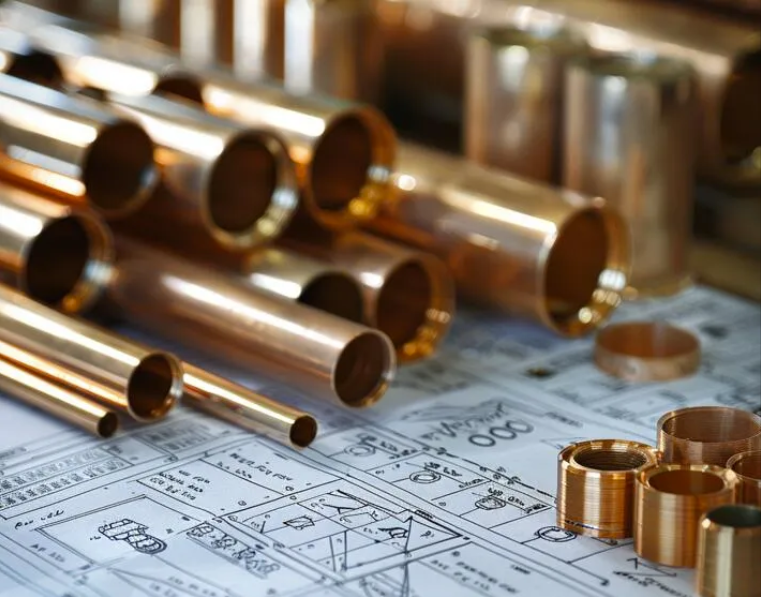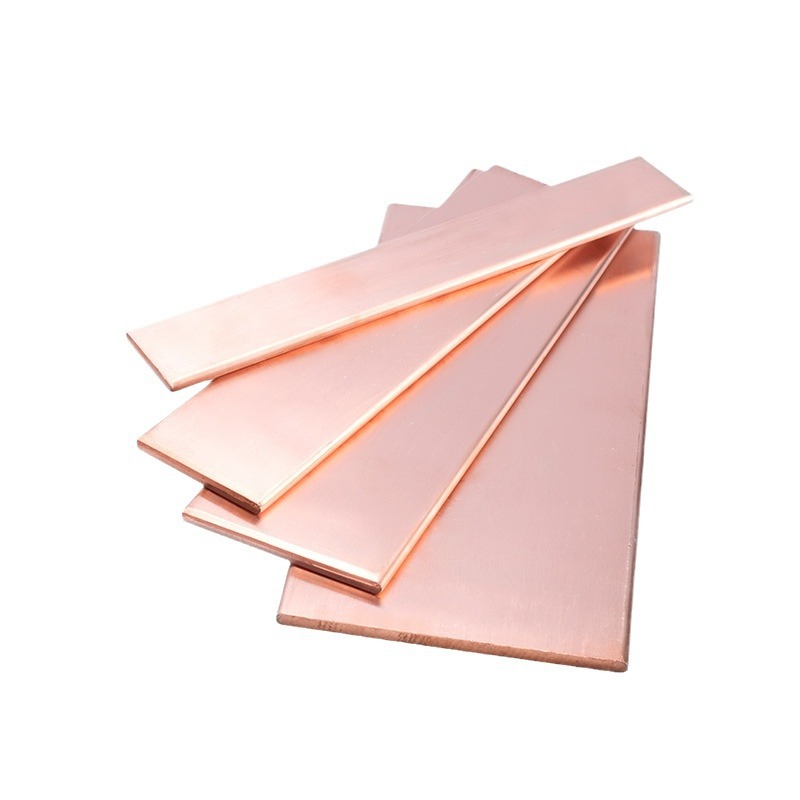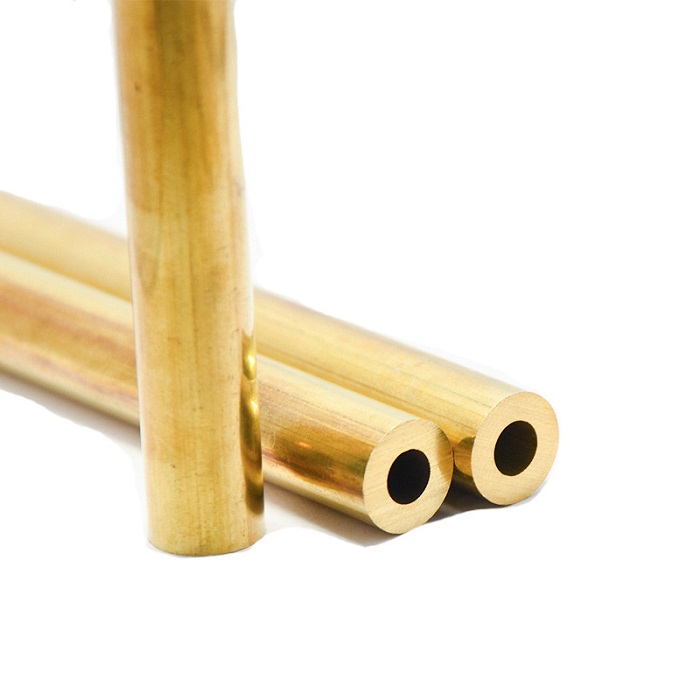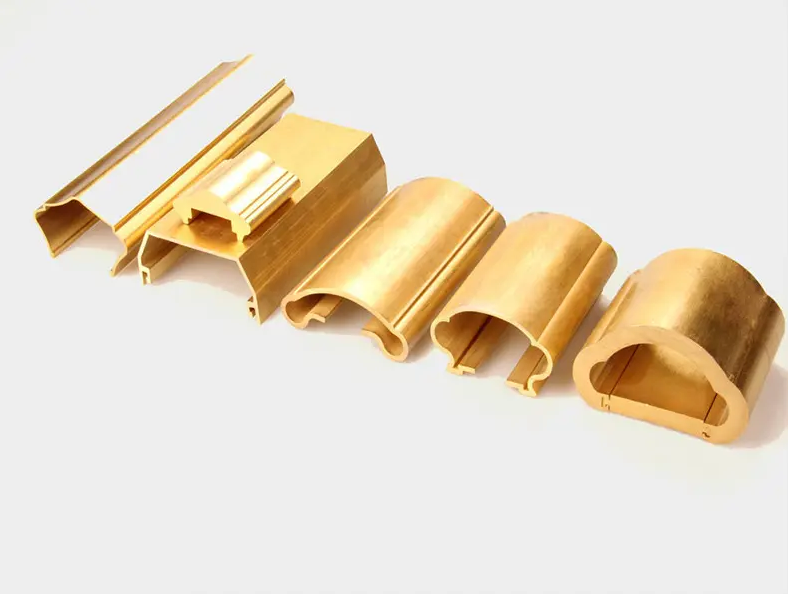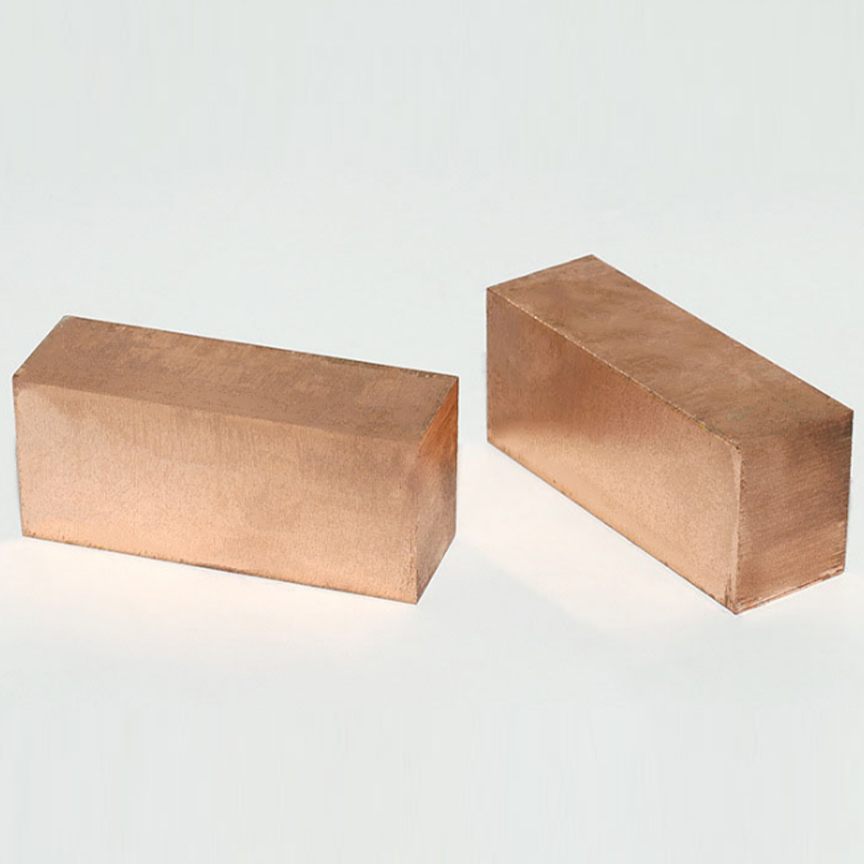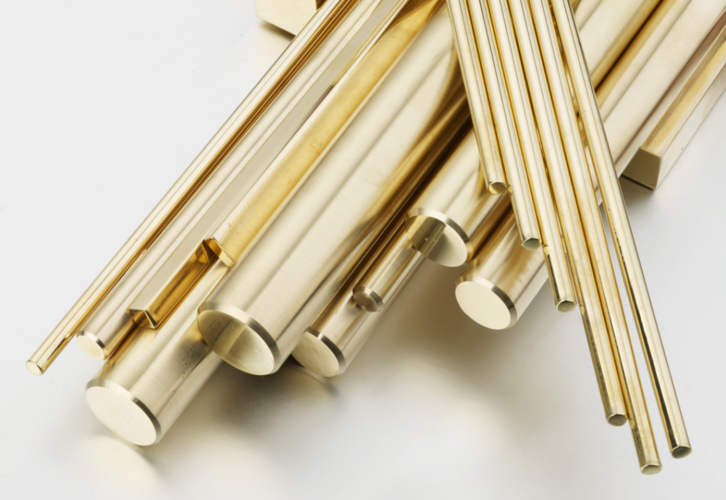Grade A electrolytic copper is high-purity cathode copper, and No. 1 electrolytic copper is standard cathode copper.
High-purity cathode copper meets the national standard GB/T467-1997, and the purity can reach 99.9935%.
The national standard GB/T467-1997 standard cathode copper stipulates that the copper plus silver content is not less than 99.95%.
According to the delivery system of the Shanghai Futures Exchange, registered copper is divided into two different delivery grades: standard products and substitutes.
The former is standard cathode copper, and the latter includes high-purity cathode copper and LME registered cathode copper.
Among them, registered copper that meets the high-purity cathode copper standard and is recognized by the exchange is delivered at a premium, with a premium of 50 yuan, commonly known as "premium copper";
Other domestic brands and imported LME registered copper are delivered at standard levels, do not enjoy premiums, and are usually called "flat copper".
At present, among all registered brands, only the following five brands enjoy premiums: Jiangxi Copper's "Guiye" brand,
Tongling Nonferrous's "Tongguan" brand, Yunnan Copper's "Tiefeng" brand, Jinlong Copper's "Jintun" brand, and Zhangjiagang United Copper's "Tongguan" brand,
of which the first four brands have been registered with LME.
Although there are not many brands of premium copper, they are all owned by large domestic copper plants and account for a large proportion of the total domestic output.
The premium delivery system for registered copper follows the previous Shanghai Metal Exchange.
The system was originally formulated based on the following considerations: First, to distinguish and balance the quality differences between different brands of domestic copper.
Domestic copper plants have different grades and qualities of copper due to the different process equipment and technologies they use.
The products of some large state-owned factories can reach a higher grade, that is, they meet the national standard GB/T467-1997 high-grade cathode copper regulations,
and the purity can reach 99.9935%; while the products of some small and medium-sized factories can only meet the national standard GB/T467-1997 standard cathode copper regulations,
and the copper and silver content is not less than 99.95%.
Second, it is out of the need to protect and support major domestic copper factories.
Copper is a strategic material. At that time, domestic copper production was very limited and heavily dependent on imports.
Domestic copper enterprises are generally small in scale and lack competitive advantages.
The implementation of the delivery premium system can play a role in protecting the development of domestic copper factories to a certain extent.
Third, at the beginning of the establishment of the Shanghai Gold Exchange, in order to attract large domestic copper factories to actively participate in copper futures trading and hedging delivery,
the exchange inevitably implemented a certain policy bias towards the copper delivery of these factories when formulating the delivery system.
Chat Online

